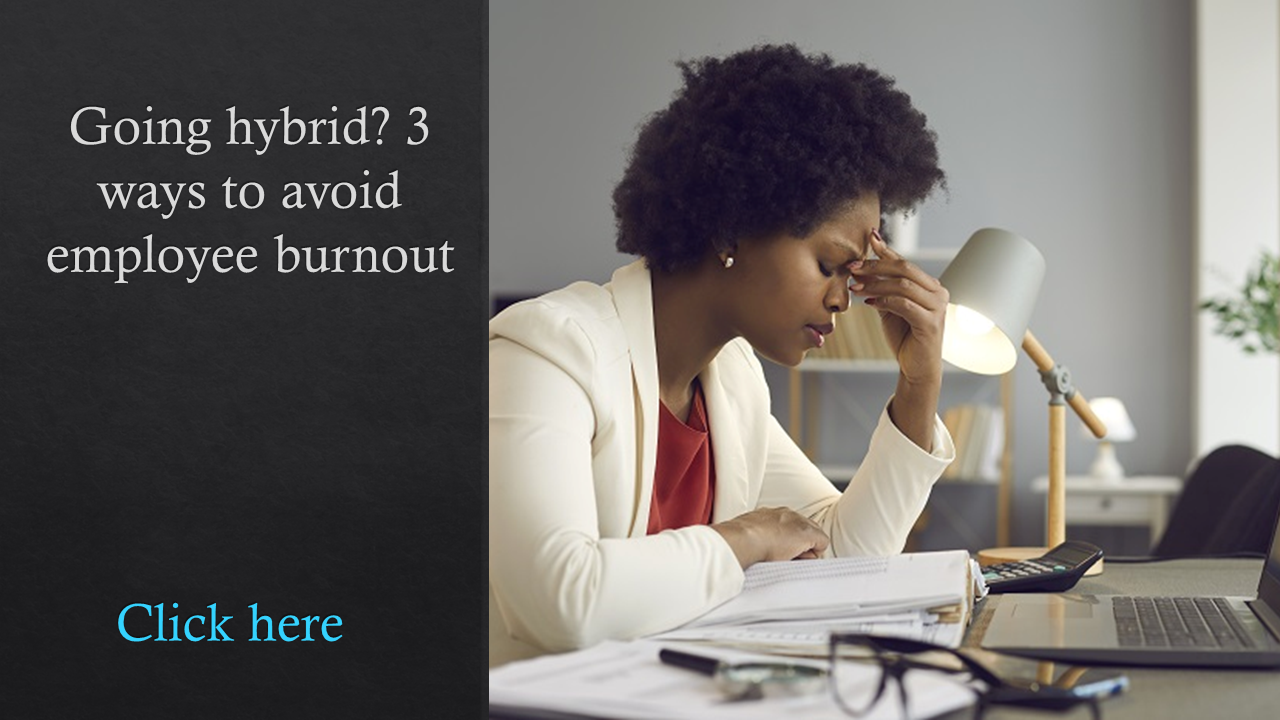Pandemic-fueled trauma is driving a dramatic decline in employee focus and contributing to continued worsened mental health, especially among the nation’s youngest and oldest workers. According to the latest Mental Health Index: U.S. Worker Edition, the risk of post-traumatic stress disorder was up 36% between February and May 2021 and is now 55% higher than it was before COVID-19.

Charles Lattarulo
“During the pandemic, people faced their mortality, the mortality of their families; it changed everything that we know. I think it’s had a profound impact on our emotional wellbeing, so it makes sense we are seeing [a rise in PTSD],” Charles Lattarulo, creator and global director of Healthy Minds at American Express, said last week during a webinar discussing the index.
Sustained attention has declined 24% since April and is now 59% lower than pre-pandemic levels. When comparing focus now to one month ago, employees ages 60 and above show a whopping 125% decline, and those ages 20-39 reveal a 37% decline. Further, planning is trending down 8% in the past month. Findings indicate that planning has declined 30% among workers ages 60 and older since April.
“This directly points to why corporate America is so on top of mental health right now,” said Michael Thompson, president and CEO of the National Alliance of Healthcare Purchaser Coalitions. “It has a direct impact on how well their people operate and perform, no matter what their role is.”
Total Brain’s Mental Health Index, in partnership with the National Alliance of Healthcare Purchaser Coalitions, One Mind at Work and the HR Policy Association and its American Health Policy Institute, is based on 500 anonymized assessments randomly selected among thousands of Total Brain assessments taken each week. The index has been tracking employees’ mental health over the past year and has found ebbs and flows in how workers are feeling, often corresponding with their outlook on the pandemic.
Further complicating workers’ emotional wellbeing is the idea of a return to the workplace, said Colleen McHugh, executive vice president of the American Health Policy Institute and strategic adviser for HR Policy Association. “The issue is returning to the workplace, and it’s bringing up all those emotions and feelings that people had when the pandemic first hit,” she said. “So the fear of going back out and traveling and getting a new routine going is causing some of this as well.”
 Other research has pointed to issues around returning to the office. Limeade research found that a shocking 100% of employees surveyed are anxious about returning to the workplace, citing concerns about exposure to COVID-19, less flexibility and commuting. And careers site FlexJobs, which surveyed more than 2,100 people who have been working remotely during the pandemic, found that 58% of workers say they would “absolutely” look for a new job if they weren’t allowed to continue working remotely in their current position.
Other research has pointed to issues around returning to the office. Limeade research found that a shocking 100% of employees surveyed are anxious about returning to the workplace, citing concerns about exposure to COVID-19, less flexibility and commuting. And careers site FlexJobs, which surveyed more than 2,100 people who have been working remotely during the pandemic, found that 58% of workers say they would “absolutely” look for a new job if they weren’t allowed to continue working remotely in their current position.
Related: Return-to-workplace worries are affecting employee mental health
Employer commitment must not wane, especially during this new phase of the pandemic, experts say.
Three main things employers can do is maintain flexibility, closely examine and rethink their programs and benefits—like leave policies or employee assistance programs—to make sure they’re helping workers enough, and increase focus on promoting health and safety in the office, said Drew Holzapfel, adviser to One Mind at Work.
“Return to the workplace is bringing stress and anxiety from the quarantine period back to the workplace with [employees],” he said. “It’s important to have a strategy and have mental health be a key component of it.”
Related: For more about the employers’ role in employee wellbeing, register now for the HR Technology Conference this fall in Las Vegas. Learn more here.